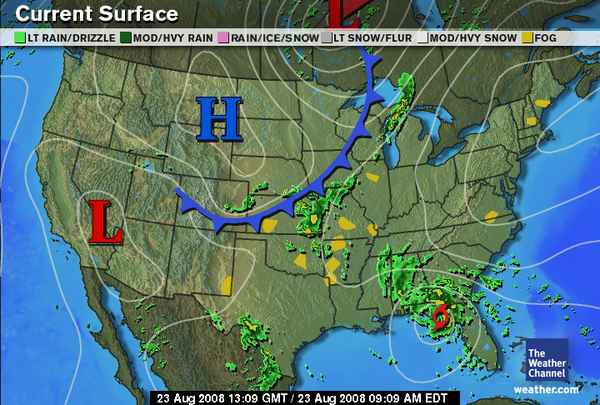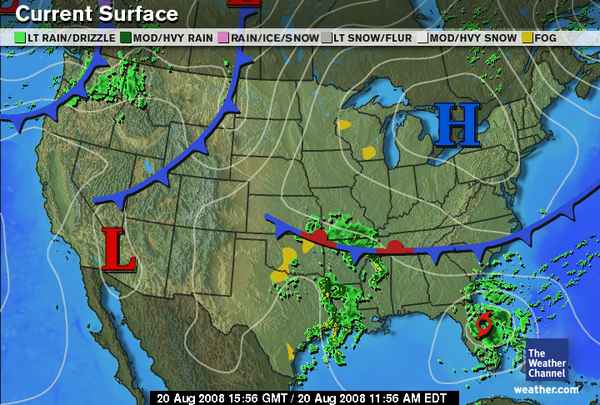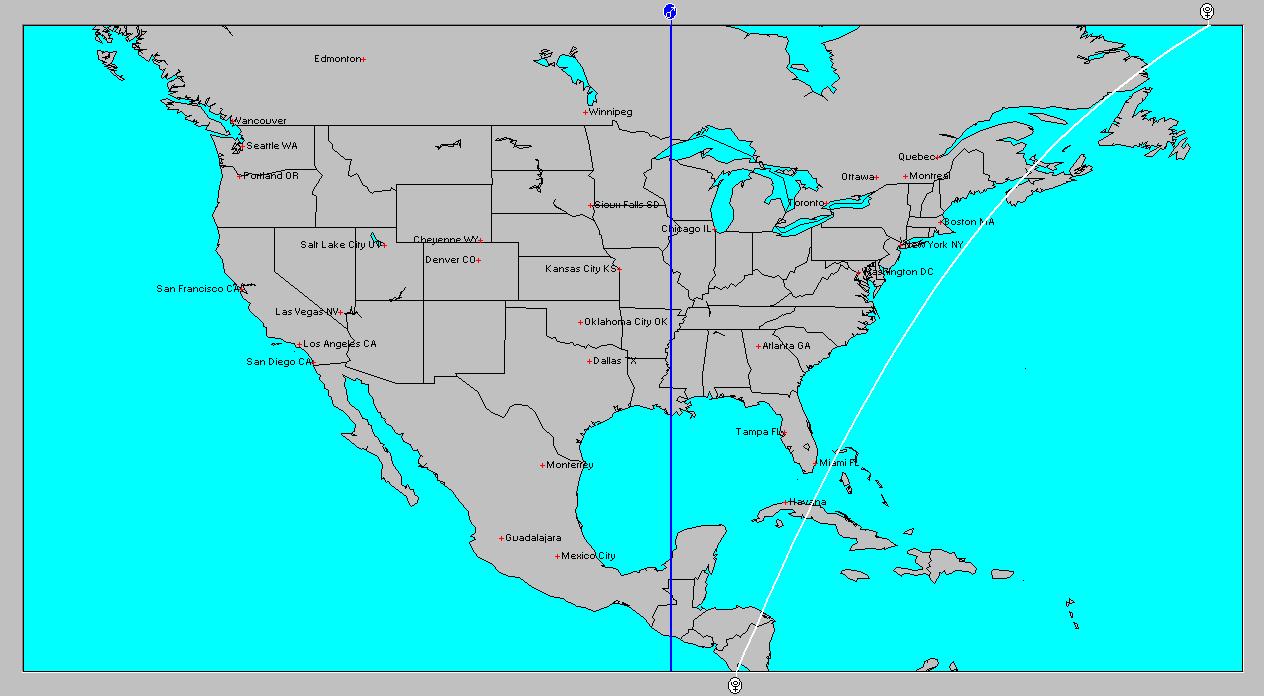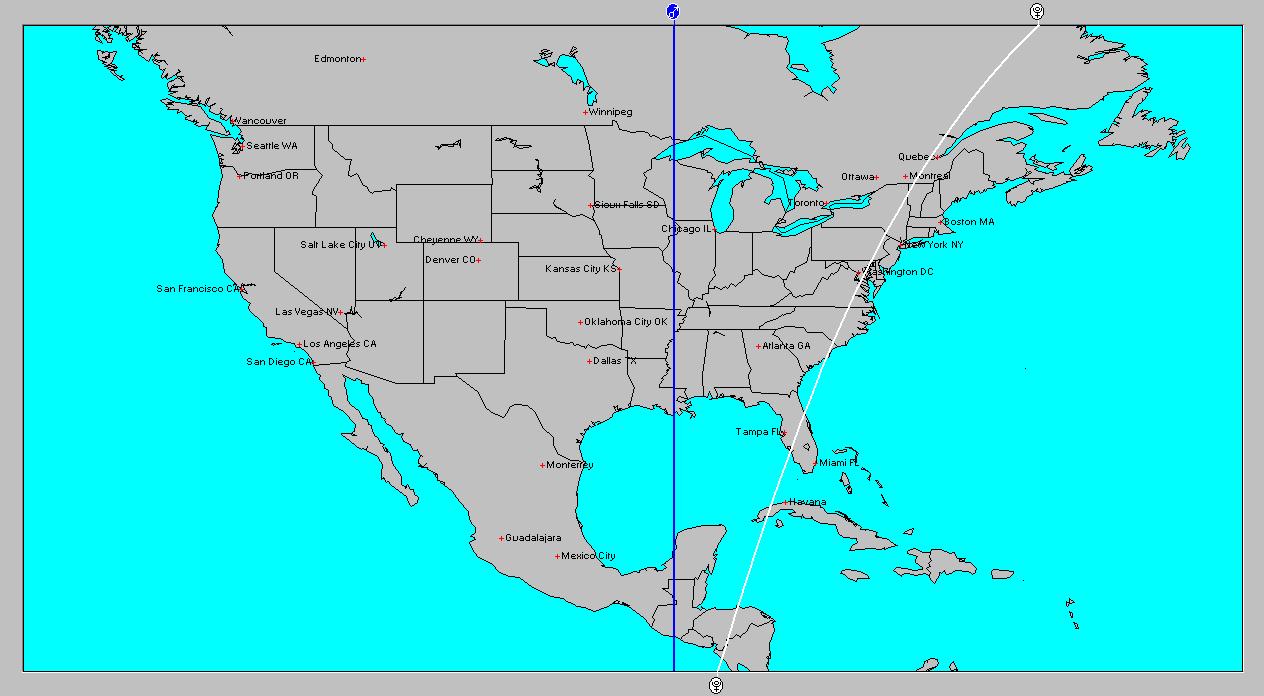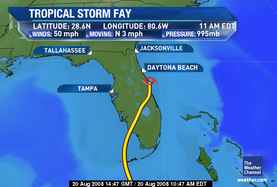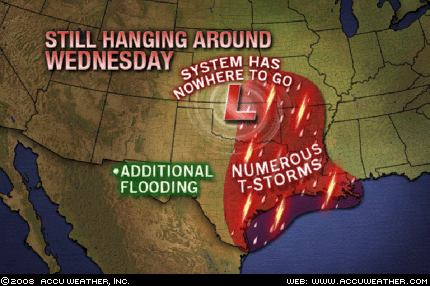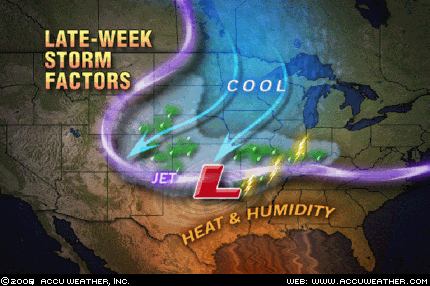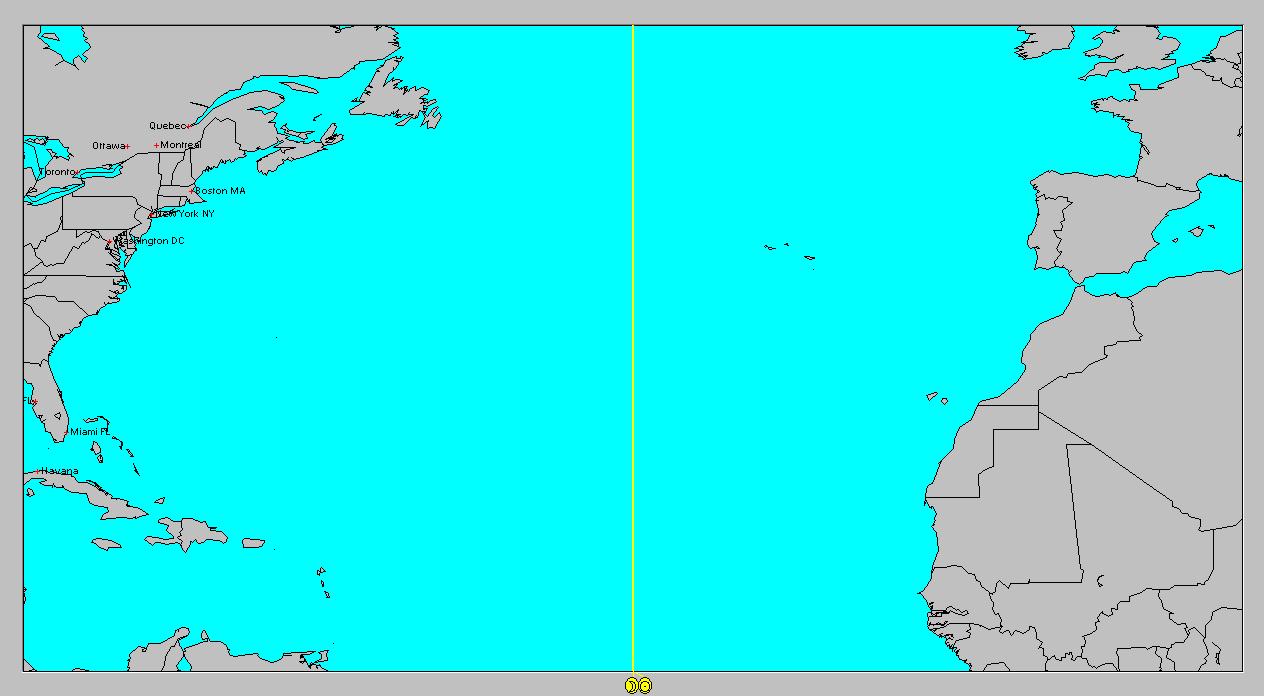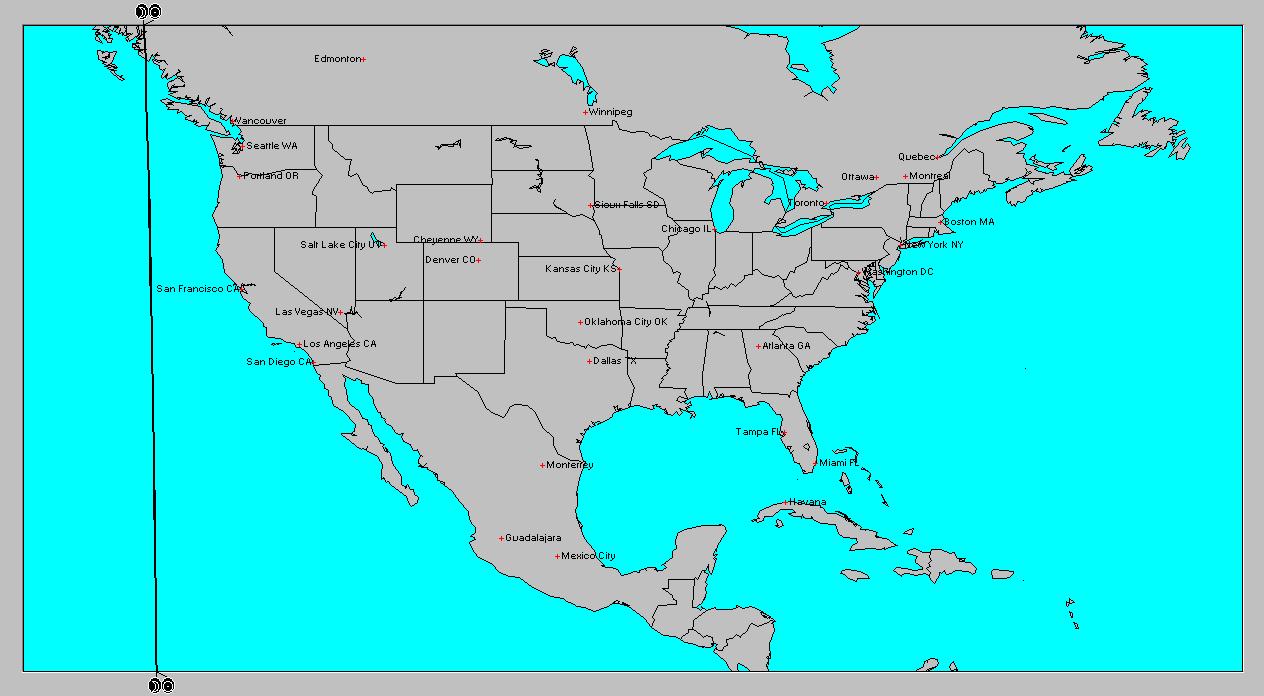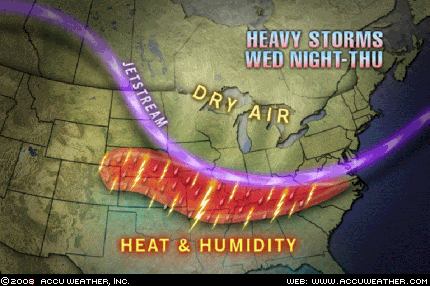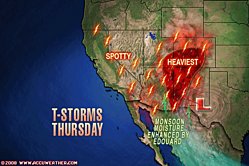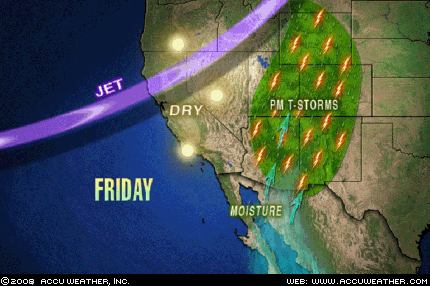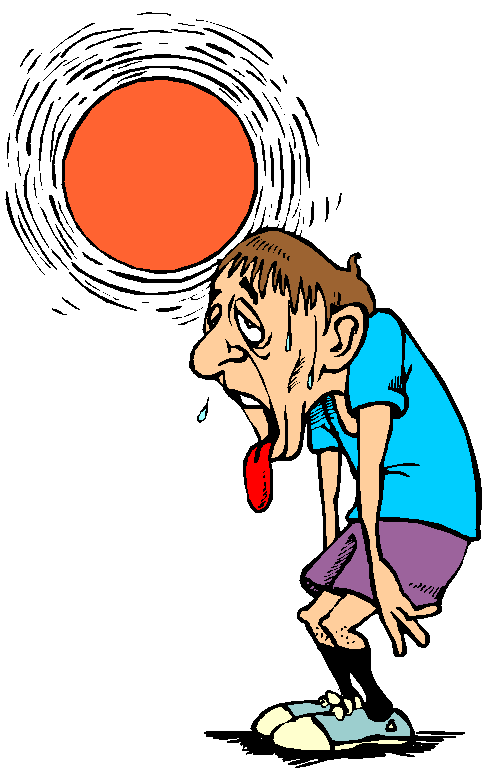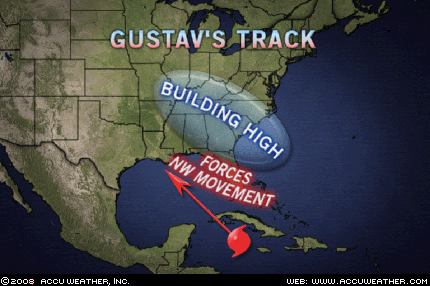 Current thinking says Gustav, as a strong hurricane, will most likely hit Louisiana around September 2nd. Of course, things could change. The Weather Alternative forecast for September 3-7 posted back in May and based on indications in the Solar Ingress chart warned that Weather gets nasty over the Plains as Mercury and Mars parallel Uranus provoking windy conditions or severe thunderstorms packing damaging winds. Severe weather then pushes eastward over the Mississippi Valley.
Current thinking says Gustav, as a strong hurricane, will most likely hit Louisiana around September 2nd. Of course, things could change. The Weather Alternative forecast for September 3-7 posted back in May and based on indications in the Solar Ingress chart warned that Weather gets nasty over the Plains as Mercury and Mars parallel Uranus provoking windy conditions or severe thunderstorms packing damaging winds. Severe weather then pushes eastward over the Mississippi Valley.When considering other indications present in the New Moon chart, the area of southeast Texas and western Louisiana are highlighted again.
The Weather Alternative forecast for August 30-Sept 2 also warned of stormy weather and damaging winds over the East Central area due to Mercury's parallel to Mars. Both of these planets occupy the Midheaven through Florida in the Solar Ingress. Conventional forecasters are saying the a high pressure area is building over the Southeast U.S. It remains to be seen if this Mercury-Mars combo is indicative of the high pressure area or if some other type of severe weather will result there at that time, which was my leaning.
 Meanwhile Tropical Storm Hanna is churning in the western Atlantic. Forecasters show Hanna curving southward and over the Bahamas by September 3rd.
Meanwhile Tropical Storm Hanna is churning in the western Atlantic. Forecasters show Hanna curving southward and over the Bahamas by September 3rd.
The Weather Alternative forecast for Sept 6-9 stated This is a very active period for the East Coast. Strong storms and high wind velocities are indicated for the mid-Atlantic area as Mercury, Venus, and Mars transit the area. Mars will parallel Uranus--a high wind breeder, and square Jupiter. Mercury also squares Jupiter and conjoins Mars--another wind maker. Lastly, Venus squares Jupiter and parallels Uranus. Tropical storm or hurricane landfall is possible over the Carolinas. If not a tropical system, powerful storms lash the mid-Atlantic and push eastward.
We'll have to wait and see if Hanna plays into this or if Gustav is eventually pushed toward the East Coast. Perhaps it will be neither of them but some other weather pattern that affects the area.
 Another Weather Alternative forecast was recently fulfilled as shown in the Accuweather map for August 25th. The forecast read a dose of cold air descends over the West generating a low pressure system over the Great Basin and Rockies.
Another Weather Alternative forecast was recently fulfilled as shown in the Accuweather map for August 25th. The forecast read a dose of cold air descends over the West generating a low pressure system over the Great Basin and Rockies.
Accuweather stated that showers would be present along with a noticeable chill. Temperatures were 10 to 20 degrees cooler in most locations as the front pushed eastward through the forecast area.
 This next Weather Channel map for August 28th shows the fulfillment of two other Weather Alternative long-range forecasts.
This next Weather Channel map for August 28th shows the fulfillment of two other Weather Alternative long-range forecasts.
The first one was for the East Coast between August 27-29 and stated Mercury and Venus square Pluto on the 27th and 29th respectively. Venus is also contra parallel Mars, which now occupies the Midheaven at 83 west longitude on the 28th. Although Pluto has been busted down from its status as a planet, it still exerts its full power on the weather. In the Ingress chart, Pluto runs along the East Coast, which should feel the strength of its storm-producing capabilities, while Mercury and Venus affect the East Central area with thunderstorms.
The remnants of Fay headed into the Northeast and spread rain and heavy downpours in the Southeast, Tennessee Valley, and Central Appalachians.
The second forecast was also for August 27-29 calling for summer storms to hit the Mississippi Valley. A low pressure area can be seen over the Mississippi Valley in the above map, which brought stormy weather to the region.
Summer 2008: The Eastern United States
Summer 2008: The West Coast Part 1
Summer 2008: The Rockies Part 1
Summer 2008: The Plains and Mississippi Valley- Part 1
Introduction to the Weather Alternative
How Long-Range Forecasts Are Made
Check out my article and interview in Saptarishis Astrology Volume 3
Knowledge is a collection of facts. Wisdom is knowing how to apply knowledge.

